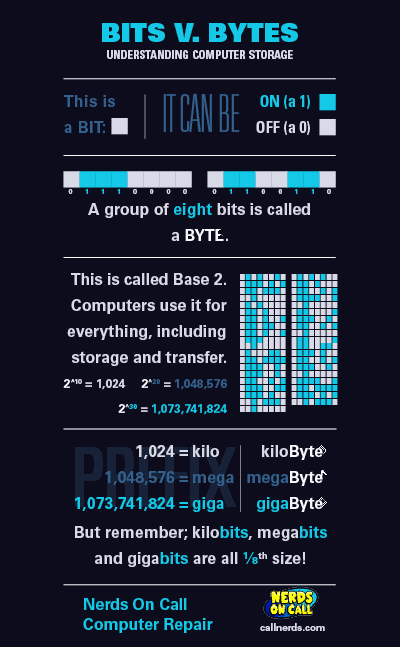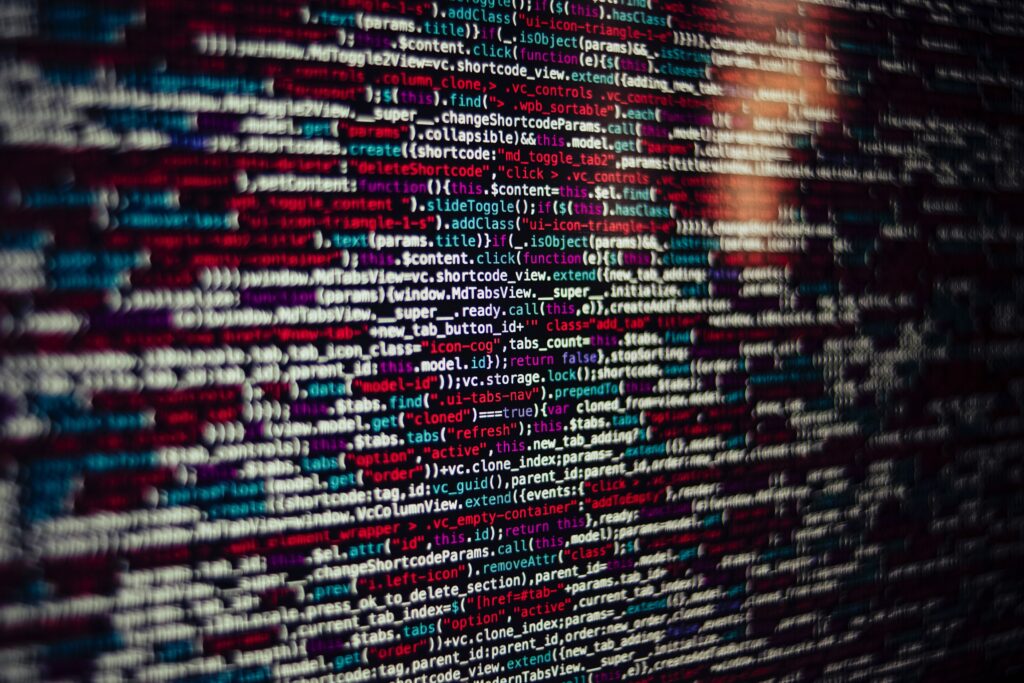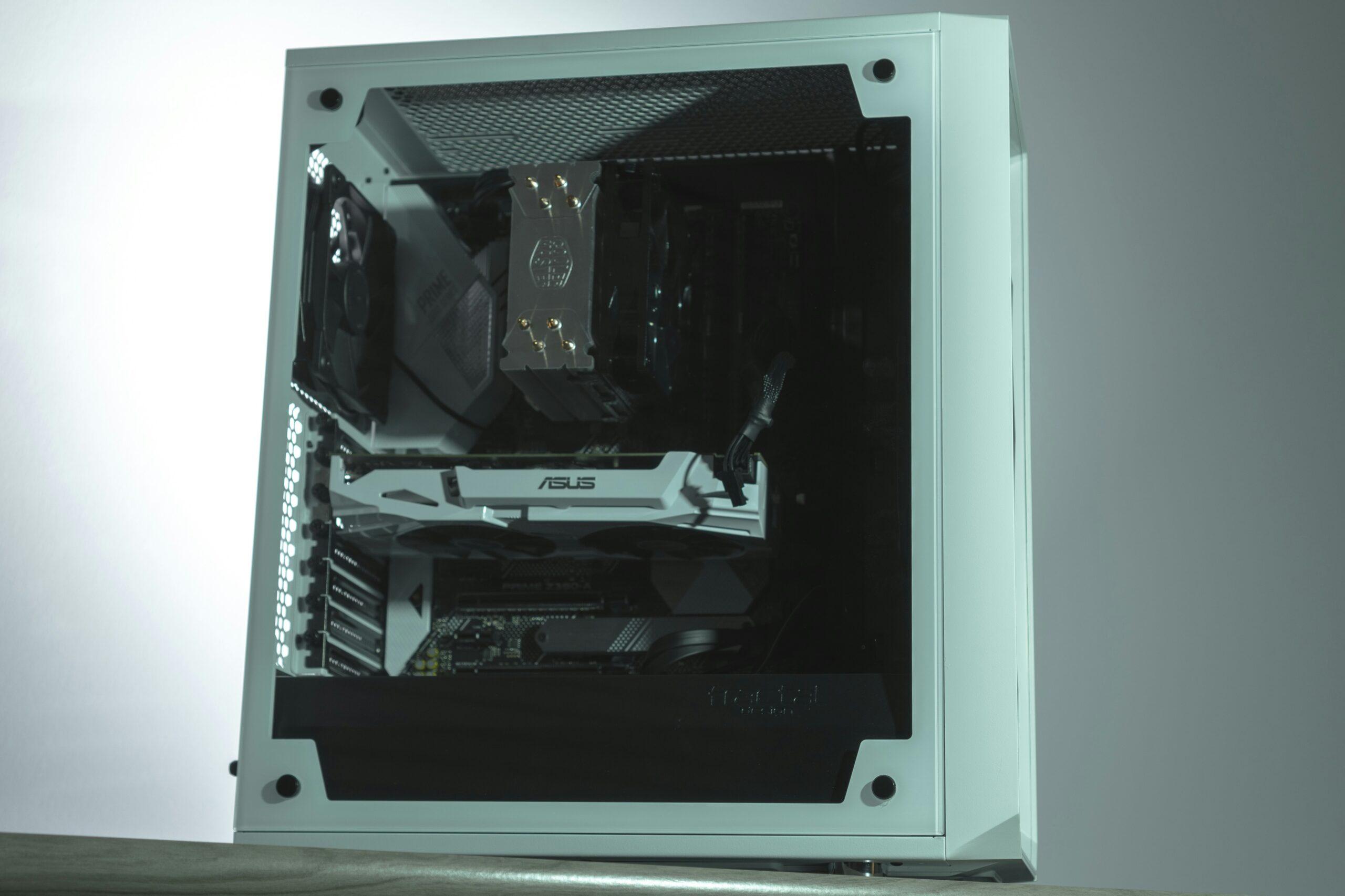This content has been archived. It may no longer be relevant

Everything on your computer that’s not hardware is software, and in the same way that you can measure hardware in ounces, you can measure software in bytes. (for information on Bits Vs. Bytes, see here). Bytes are a way of measuring how large software is.
A byte is eight bits of information. Bits of information are either “on” or “off,” represented by a 0 or 1. Eight in a row, e.g. 10110100, is a byte, and forms a number in the binary system of counting. Because there are eight digits, a byte has 256 possible combinations. Chunks of these numbers form every piece of information ever used on a computer.
The prefixes kilo-, mega-, giga-, and tera-, all give an indication as to how many of these bytes are in an item on a computer. A text document usually has kilobytes of information, which means that more than 1000 and less than 100,000 bytes make up the file. A letter or number usually only takes one byte, but in order for a document to be read by word processing softare requires extra information in the file that the user never sees.
A file in the megabyte range contains millions of bytes. Most programs are in the megabytes, and many images. A file a gigabyte in size probably contains a long or high-definition video composing billions of bytes. If a byte can store a single pixel in a movie 1280 pixels by 720 pixels per frame at 30 frames per second for 2 hours…think of how many bytes are needed to store that video. Many large programs like Adobe Photoshop also number in the gigabytes. The largest common unit is the terabyte, which is just starting to be used on consumer hard drives. A terabyte is one trillion bytes. Very few people work with terabytes of information, but a full collection of home videos & photos can add up to a terabyte over time.






